
Photojournalist Ormond Gigli gathered forty-three ladies in 1960, outfit them in elegant, vibrant colors, and arrange them 41 windows across the front of the iconic New York City brownstones. Years later, his most well-known piece turned out to be this one.
Gigli was working out of a studio on East 58th Street in the middle of Manhattan back then. Situated across the street were a set of residences scheduled for destruction.
Driven to create the ideal picture to honor the neighborhood he had come to love so brilliantly, the artist got to work capturing the grandeur of the buildings before they were permanently gone.
He lacked the means to pay for professional models or a budget for a photo devoid of sponsorship.
He so got in touch with the building’s foreman and persuaded him to clear the window jams and a two-hour period free for him to work.
Reaching out to a modelling agency he had dealt with, he sought models to help create his “dream” photo. They were supposed to show up over lunch hour and dress anyway they liked.
The pavement was clearly open as the structure had been emptied of gas and electricity. Not hesitant to seek a favor, he got in touch with the city to get permission for the Rolls Royce to be parked on the sidewalk for the required picture setup time.
Then he arranged the models—including his wife—into the thirty windows, trying to vaguely match their clothing. A few were framed by the window while others were courageous enough to stand on the window jam. Three more models—two on the street and one on the bottom floor—made the picture whole.

Ultimately, Ormond assembled forty-three women dressed in their finest formal attire; none of two figures looked exactly like each other; the stance and attire each woman chose reflect what her personality would be like outside the camera range.
Perched from his studio’s fire escape, he was able to photograph activity spanning five floors. The finished work turned out to be something bizarre, converting the living, breathing women to vibrantly coloured dolls in a doll home.
The way each woman took her stance and clothing suggests what her personality would be like outside the boundaries of the picture; no two figures looked exactly identical.
Perched from his studio’s fire escape, he was able to photograph activity occurring on five stories. The end result turned out to be something strange, shrinking the living, breathing ladies into vibrantly coloured dolls in a doll house.
The richness of the photograph stems from the ability to appreciate it in different ways: either as a whole, as a rhythmic composition of color and form, formed by the pattern of windows, human figures, and colorful dresses; or the viewer is drawn to explore its various parts, each woman presenting a different point of the interesting story (Gigli’s wife is on the second floor, far right and the demolition supervisor’s wife is on the third floor, third from left).

According to Time magazine, Ormond Gigli remembers the narrative as follows: I was inspired to, somehow, immortalize those structures in 1960 while a work crew was demolishing a row of brownstones just opposite from my own brownstone studio on East 58th Street. I envisioned forty-three women dressed in formal attire gracing the skeletal facade’s windows.
We had to act fast to get City permits, set up models including celebrities, the wife of the demolition supervisor (third story, third from left), my own wife (second floor, far right), and even arrange the Rolls Royce to be parked on the pavement. Since the shooting had to be done during workers’ lunch, careful planning became absolutely necessary!
The forty-three women showed up in their best clothes the day before the buildings were destroyed, entered the structures, ascended the old stairs, and replaced each other in the windows.
With a megaphone in hand, I was set up on my fire escape across the street guiding the scene. Of course, I worried about the Models’ safety as some of them were bold enough to pose out on the eroding ledges.
The images turned out as intended. What had seemed to others as too risky or challenging to achieve became my fantasy fulfilled, and my most unforgettable self-associated picture. Ever since, it has been an award winner internationally.
Most professional photographers want for one hallmark photo they are known for. I have “Girls in the Windows”.
Many years later, the picture has endured. Perfectly in a quick, vibrant scene, the picture immortalizes the time and location and achieves exactly what Gigli intended, therefore preserving the soul of the city.
A brief biography
Gigli was born 1925 in New York City. His father handed him his first camera when he was an adolescent. 1942 saw him graduate from the School of Modern Photography, and during World War II he was a Navy photographer. Living the bohemian life in Paris, he spent some time.
Gigli’s career got under steam in 1952 when a LIFE editor asked him to photograph the Paris fashion shows and take a series of celebrity pictures. He became well-known after one of his images appeared in the magazine’s central spread. It began a career in fashion photography spanning more than forty years.
Among others, Gigli photographed Sophia Loren, Anita Ekberg, John F. Kennedy, Gina Lollabrigida, Diana Vreeland, Marlene Dietrich, Judy Garland, Louis Armstrong, Laurence Olivier, Alan Bates, and Richard Burton over years.
(Photo credit: Ormond Gigli / ormondgigli.com / Time / The Guardian / Holden Luntz Gallery / Wikimedia Commons).


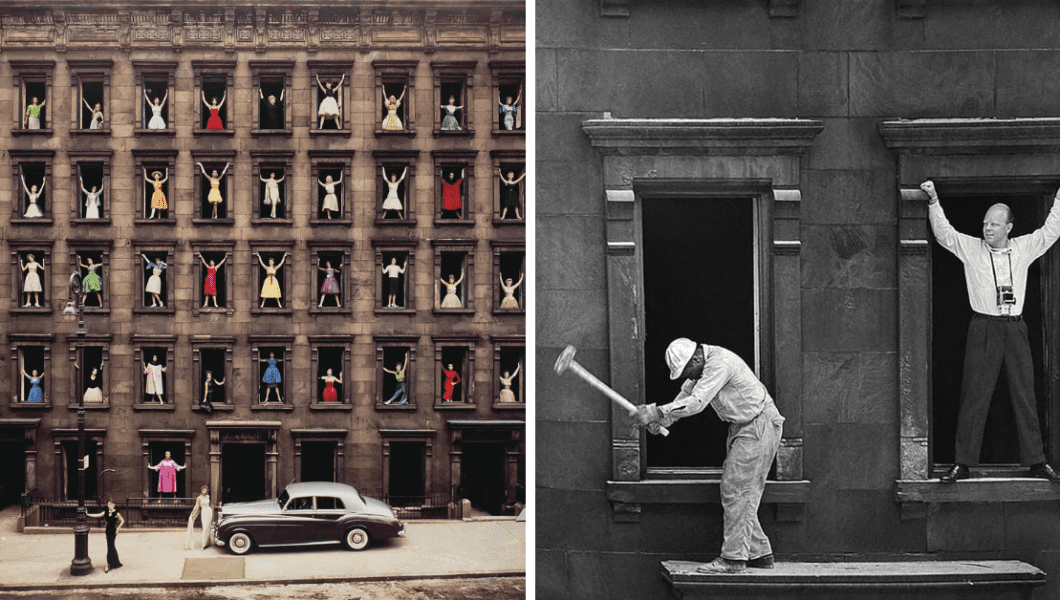
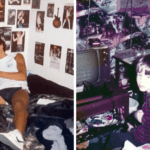
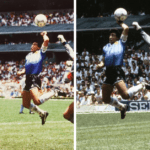
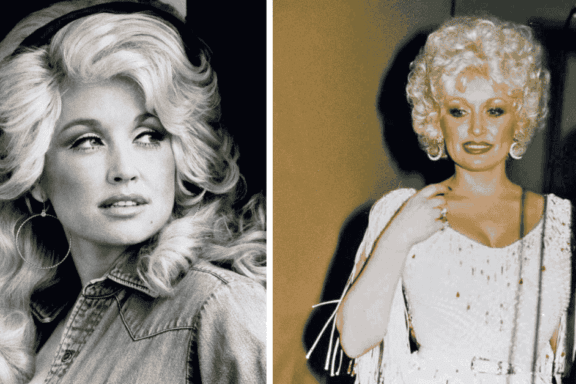

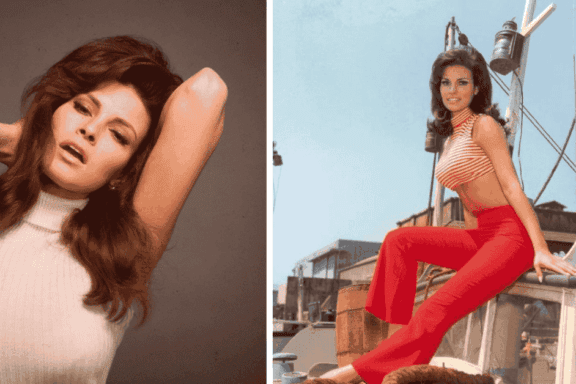
No Comments